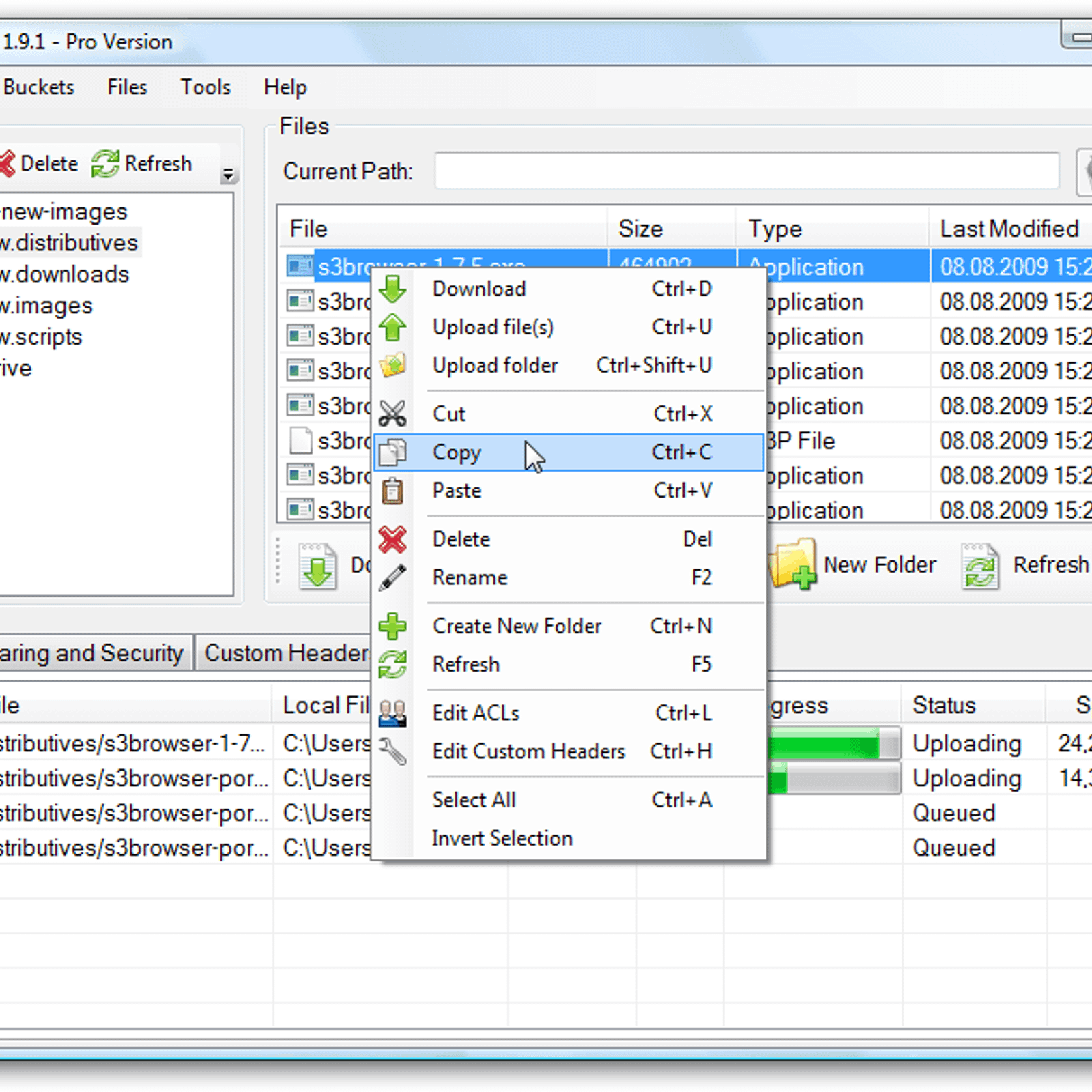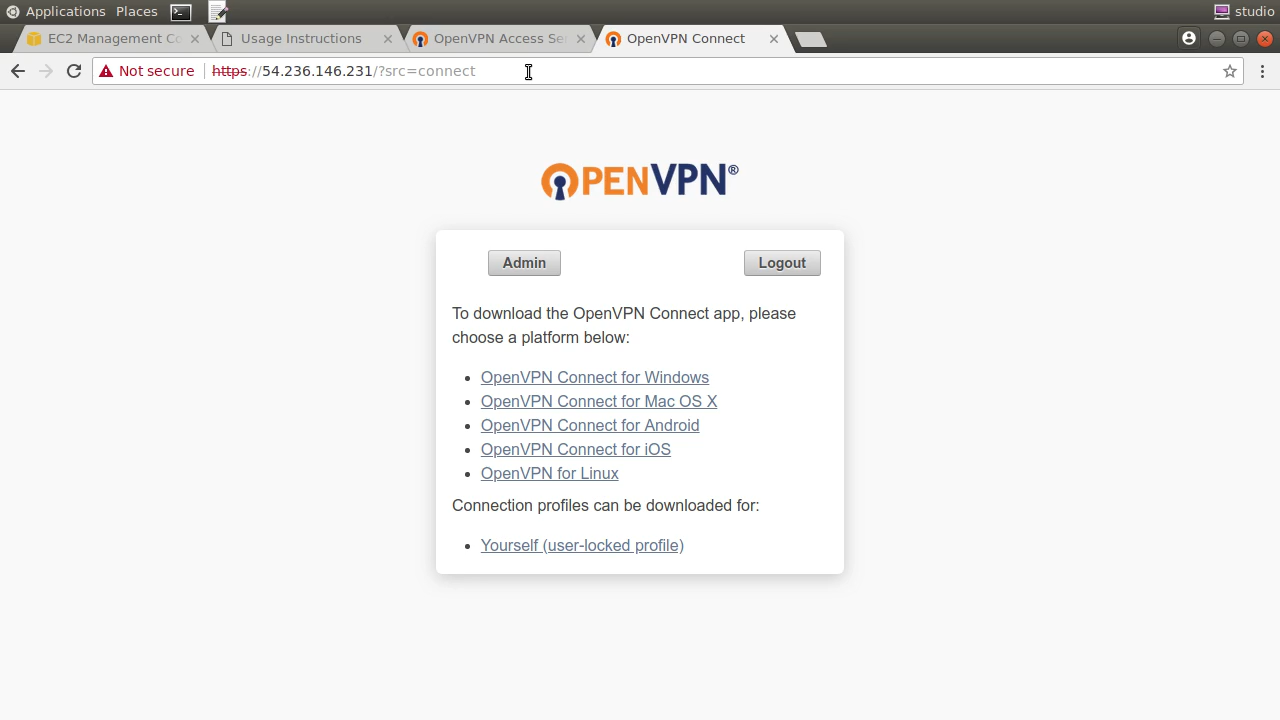- S3 Client Mac Os X
- Best S3 Client For Mac
- Aws S3 Client For Mac
- S3 Client For Macos
- Aws S3 Client For Mac
The AWS Command Line Interface (CLI) is a unified tool to manage your AWS services. With just one tool to download and configure, you can control multiple AWS services from the command line and automate them through scripts.
S3 Browser Portable v.1.9.7 Windows client for Amazon S3 and user Interface for Amazon S3. S3 Browser v.1.7.1 S3 Browser for Amazon S3 is a free user interface for Amazon Secure Storage Service. Amazon S3 offers a smooth World Wide Web services interface that can be utilized to store and call back any quantity of information, at any time, from. ExpanDrive is a fast and powerful Amazon S3 client that lets you browse S3 (or S3-compatible) storage. It builds native access to S3 directly into Finder and your Mac system at the filesystem level. Finder and Explorer, or any other application, can browser you S3 buckets. S3cmd is a command line client to upload, download, retrieve and query files to and from Amazon S3. Amazon S3 Tools: Command Line S3 Client Software and S3 Backup AWS S3 Command Line Clients for Windows, Linux, Mac. The AWS Command Line Interface (CLI) is a unified tool to manage your AWS services. With just one tool to download and configure, you can control multiple AWS services from the command line and automate them through scripts. The AWS CLI introduces a new set of simple file commands for efficient file transfers to and from Amazon S3. There are a lot of tools or S3 clients, for different platforms, but one I really like is 3Hub for Mac. According to its site you can: Manage multiple S3 accounts. Queue files and directories for download or upload. Throttle your download and upload bandwidth. Simulate sub-directories. The folders you create are compatible with other S3 clients.
The AWS CLI v2 offers several new features including improved installers, new configuration options such as AWS Single Sign-On (SSO), and various interactive features.
Windows
Download and run the 64-bit Windows installer.
MacOS
Download and run the MacOS PKG installer.
Linux
Download, unzip, and then run the Linux installer
S3 Client Mac Os X
Amazon Linux
The AWS CLI comes pre-installed on Amazon Linux AMI.


Release Notes
Check out the Release Notes for more information on the latest version.
aws-shell is a command-line shell program that provides convenience and productivity features to help both new and advanced users of the AWS Command Line Interface. Key features include the following.
- Fuzzy auto-completion for
- Commands (e.g. ec2, describe-instances, sqs, create-queue)
- Options (e.g. --instance-ids, --queue-url)
- Resource identifiers (e.g. Amazon EC2 instance IDs, Amazon SQS queue URLs, Amazon SNS topic names)
- Dynamic in-line documentation
- Documentation for commands and options are displayed as you type
- Execution of OS shell commands
- Use common OS commands such as cat, ls, and cp and pipe inputs and outputs without leaving the shell
- Export executed commands to a text editor
To find out more, check out the related blog post on the AWS Command Line Interface blog.
Best S3 Client For Mac
The AWS Command Line Interface User Guide walks you through installing and configuring the tool. After that, you can begin making calls to your AWS services from the command line.
You can get help on the command line to see the supported services,
Aws S3 Client For Mac
New file commands make it easy to manage your Amazon S3 objects. Using familiar syntax, you can view the contents of your S3 buckets in a directory-based listing.
S3 Client For Macos

You can perform recursive uploads and downloads of multiple files in a single folder-level command. The AWS CLI will run these transfers in parallel for increased performance.
A sync command makes it easy to synchronize the contents of a local folder with a copy in an S3 bucket.
Aws S3 Client For Mac
See the AWS CLI command reference for the full list of supported services.
Connect with other developers in the AWS CLI Community Forum »

Find examples and more in the User Guide »
Learn the details of the latest CLI tools in the Release Notes »
Dig through the source code in the GitHub Repository »
